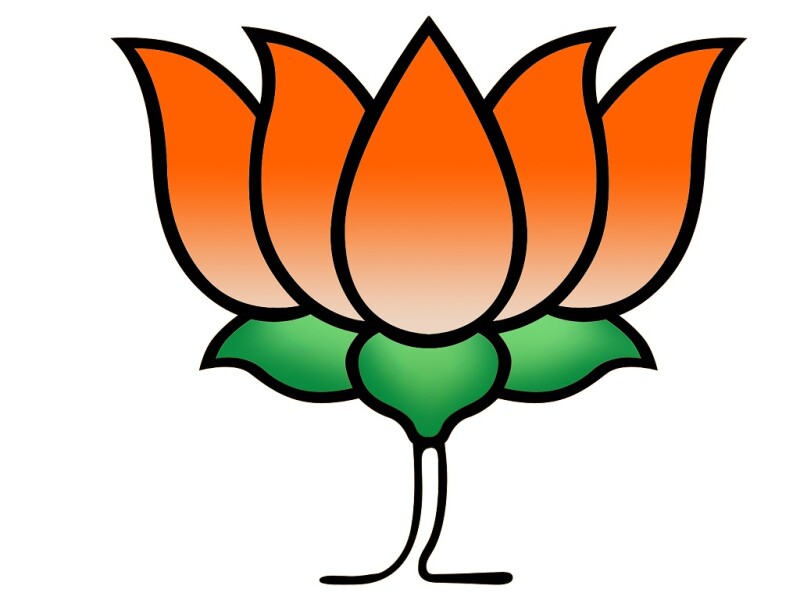
|
India Prime Minister Narendra Modi and his Bharatiya Janata Party, elected on promises to jumpstart India's economy, has highlighted IP as a key to growth |
Earlier this week, the Financial Express reported that India’s government has begun working on its comprehensive IP strategy. According to anonymous sources from within the government, the plan will likely include specialised IP courts as well as a new utility model patent for incremental innovations. Though details are sparse at this time, these proposals, especially the introduction of a utility model patent, may fit into India’s larger economic goals.
Building on a successful model
The introduction of specialised IP courts is a headline grabbing change that may bring about some needed changes and appears to be a popular option for countries looking to strengthen their IP systems. According to a 2012 report by the International Intellectual Property Institute (IIPI) and the USPTO, most TRIPs countries already have IP tribunals or IP courts of some sort. In fact India is one of those countries, having established its IP Appellate Board in 1999.
Specialised IP courts may address concerns that some practitioners have with the status quo. Complaints about the speed of procedures throughout the Indian IP system are common, though there have been some real improvement in areas such as pendency times at the trade mark registrar’s office. There are also concerns about judges lacking the required experience and technical expertise to decide complex patent cases. As the IIPI-USPTO report points out, specialised IP tribunals are designed to tackle these and other problems.
The ideal of having specialised IP courts may also be a case of knowing what has worked well and building upon it. The IPAB has received considerable praise in the last few years for increasing efficiency and handing down well-reasoned judgments - even lawyers who receive unfavourable judgments from the IPAB have grudgingly praised the quality of the tribunal’s decisions in conversations with Managing IP, even while they disagree with the result. Given the success of the IPAB (notwithstanding disputes about its establishment), it may make sense to further develop specialised IP expertise in the main court system.
Utility models – a key part of the plan?
The other development that the government is looking into is the introduction of the utility model patent. Though the Financial Express noted that there is “broad support within the government and the industry” for the petty patent, the track record appears to be a bit mixed. Speaking to Managing IP last year, Tabrez Ahmad, then of Microsoft, and Munish Sudan of Tata Steel expressed scepticism about the idea, saying that India instead needs to invest on its IP infrastructure such as the patent office. In fact, Sudan suggested that adding unexamined utility models would make it even more difficult to innovate, given the existing difficulties in searching for patents.
On the other hand, R Lakshminarayanan of Samsung R&D India said that he supports utility model patents, given the rapid pace of change in some industries.
"In the field of software, we know that every few months your technology becomes obsolete, so you cannot have a software-related patent application pending in the patent office for 10 years," he argued.
Despite the controversy surrounding utility model patents, they may in fact be an important part of India’s economic plans. The government has been keen to build upon its electronics and telecommunications sector, especially in manufacturing. In fact, the Modi administration has set a goal to reduce India’s net electronics-IT trade imbalance to zero by 2020. If Lakshminarayanan’s observation that utility model patents can benefit fast-moving industries is correct, then finally introducing the petty patent, after years of discussion, may be an important part of that plan.
A plan for large growing economies
Though relatively few details have been revealed about India’s new IP strategy, what is known thus far bears some similarity to China’s National IP strategy. China’s ambition to become the world’s biggest patent filer was fuelled in part through the use (and subsidies for) utility models. Much like Sudan’s concern that these unexamined patents may cause more harm than good, some have expressed concern that China’s utility model patents have created a challenging environment, as companies are worried about whether they be violating these patents. At the same time, others have defended China’s use of utility model strategy, noting that encouraging incremental innovations is a key part of the country’s development and encouraging appreciation for IP.
Similarly, China also recently announced that it will create specialised IP courts in Beijing, Guangzhou and Shanghai. Though details on that programme are sparse, there is belief that IP owners will benefit from developing IP expertise in the judiciary (though some have noted that the IP divisions within the Beijing, Guangzhou and Shanghai courts are already quite well-regarded).
It will be interesting to see what else the Modi government has in store for its national IP strategy. Though the plan is focused on India’s unique situation (for example, the emphasis on telecommunications appears to play to the country’s strengths in that sector), there does appear to be basic similarities in how India and China are approaching the issue of innovation. If the similarities continue (for example, if India later introduces patenting targets or subsidies for filing), this may be the beginning of a blueprint of sorts for IP strategies for rapid-growth economies.








